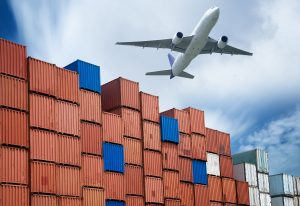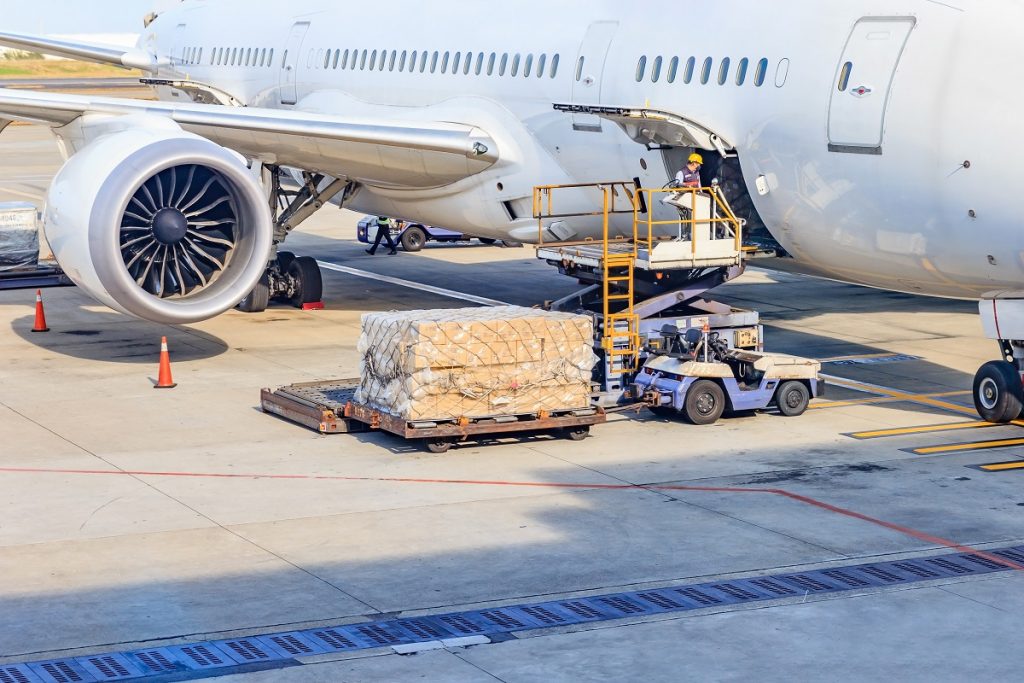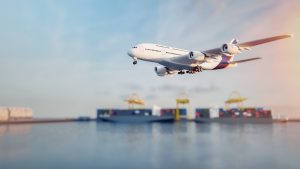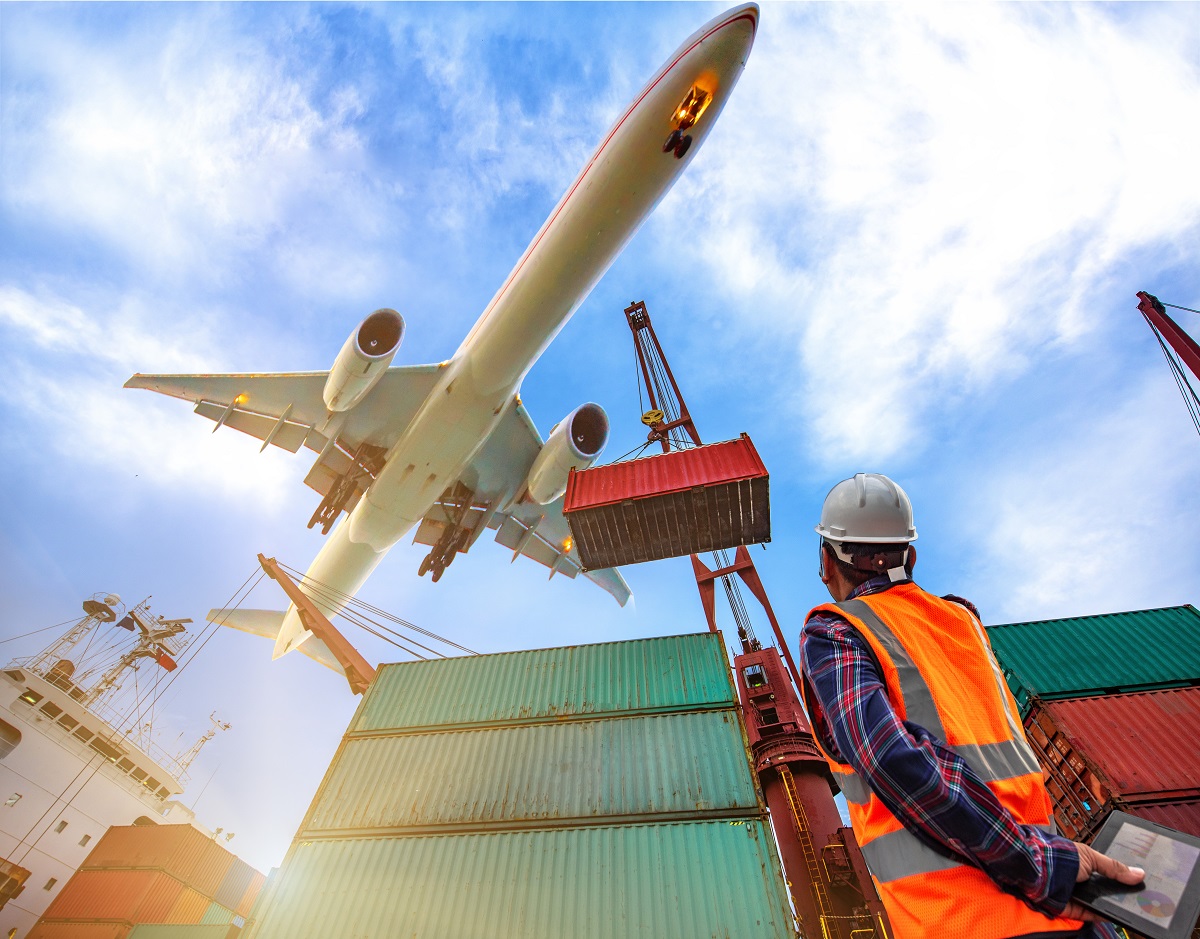Air Freight Shipping Implications to Landlocked Countries
One of the main factors limiting airfreight’s volume in developing countries is the lack of significant two-way volume activity. Landlocked countries need to improve operations at their airports to speed up air freight shipping. They should liberalize access to foreign airlines, as well.
Air Freight Potential Markets
 The demand for air freight service is limited when it comes to cost. Normally, the cost is 12-16 times that of sea transport while 4-5 times that of road transport. Rates of airfreight are usually ranging from $1.50–$4.50 per kilogram. Whereas, the value of air cargo typically exceeds $4.00 per kilogram. Thus, commodities/goods shipped by air have high values per unit and are very time-sensitive.
The demand for air freight service is limited when it comes to cost. Normally, the cost is 12-16 times that of sea transport while 4-5 times that of road transport. Rates of airfreight are usually ranging from $1.50–$4.50 per kilogram. Whereas, the value of air cargo typically exceeds $4.00 per kilogram. Thus, commodities/goods shipped by air have high values per unit and are very time-sensitive.
However, air freight export demand is limited to landlocked developing countries because most enterprises ship small volumes of low-value goods. Take note that imports by air usually include high-value commodities and goods. Nevertheless, the inbound air freight rates are higher without a significant outbound flow. Although, they reduce the types and quantities of goods transported by air.
Attaining Competitive Advantages
Using air freight shipping services can provide competitive advantages. Producers can agree to shorter order times if shipments possibly experiencing delays in production. Manufacturers of electronics and other goods will compete for larger orders by shipping the large initial order using ocean freight. Then they can use air freight to replenish inventories if demand is greater than the expected.
Related article: Ocean Freight Shipping: Ocean Freight Rates and Logistics
Diverse Technique
You can also use air freight shipping as part of a strategy for diversification. This is done to provide reliable delivery of smaller volumes in new markets and to introduce products with shorter shelf lives. Once the market has been established and volumes increase, the manufacturer can reconstruct supply chains by using less costly transport.
These strategies are important, particularly for landlocked countries that have unreliable land transportation. It is also necessary for those countries with long and uncertain clearance procedures at their foreign gateways and borders.
Fast Moving of Cargo
Air cargo can move quickly through an airport since air freight shipping advantage is much shorter than transit times. The time for air cargo operations depends on four factors. These factors include the efficiency of cargo handlers, layout of storage facilities, customs clearance and cargo inspection procedures.
Customs Clearance
For air freight imports the customs clearing procedures are critical. The custom clearance requires both the airway master bill and the customs declaration. Airway master bill is sent at the time the flight departs. Whereas, the customs declaration is filed by the brokers after the cargo had been shipped. In most countries, the customs authority at the airport uses the same systems and procedures at other international gateways.
In addition, inbound cargo can take up to a day to be cleared. In other countries, the procedures are adapted to the requirements of air cargo, with all transactions conducted electronically. The cargo is cleared within one or two hours on a weekly basis.

Equipment Inspection
For air freight exports the documents are needed to file at the time the cargo arrives at the airport. After this, the inspection is followed so that cargo can be loaded within a few hours of arrival. At larger airports with significant cargo traffic, full palette scanners allow shippers to build their palettes off-airport. Afterwards, palettes are loaded on the aircraft within a few hours.
Handling of Cargo
The main duty of cargo handlers at the airport should ensure the efficient and secure handling of the cargo. If the cargo is fairly small in volume, an exclusive contract is used. In addition, the contractor must provide appropriate and necessary equipment for unloading the various types of aircraft.
Warehousing
Most storage facilities at smaller and older airports are fairly basic. This has only little impact on cargo storage because most cargoes are not staying at airports.
For modern warehouses, they have loading docks to speed up truck turnarounds and lessen vertical movements of cargo. Export facilities for exporting have large areas for inspection, scanning, building palettes, and gathering the cargo for their specific flights. Mostly, facilities for imports have specific offices and inspection areas to conduct customs clearance procedures and segregation of cargo. For perishable cargo, warehouses must have temperature-controlled rooms to maintain the cold chain between the truck and the aircraft. These warehouses also provide some bonded storage for high-value goods.
Costs
As a result of the spike in oil prices, fuel accounts for about half of the annual cost of aircraft operation. The marginal cost for carrying cargo is computed based on weight and destination. Thus, fuel consumption is roughly proportional to the aircraft weight and the distance flown.
Rates of air freight shipping per kilometre are higher for shorter distances. The main reason is, a greater part of the trip is spent both on the ground and more time in the air.
Air Freight Future in Landlocked Countries
 The main difficulty for landlocked countries is how to generate enough traffic to attract air freight services. These are both frequent and competitively high in cost. Allowing free competition for air cargo services is significant but not sufficient. Most especially if cargo is transported as small shipments in the passenger aircraft.
The main difficulty for landlocked countries is how to generate enough traffic to attract air freight services. These are both frequent and competitively high in cost. Allowing free competition for air cargo services is significant but not sufficient. Most especially if cargo is transported as small shipments in the passenger aircraft.
Also, liberalizing passenger services to include fifth freedoms has been a greater challenge to air freight. This is more challenging in developing countries with national carriers and limited passenger volumes. It is also important to expand the role of consolidators, particularly the large integrators.
Air freight can also open new markets by providing fast and reliable service for initial deliveries of goods/products. Air freight shipping should also continue in supporting production activities, particularly the exchange of samples and delivery of high-value inputs. Finally, air freight should increase the importance of supporting reverse logistics.
Get an Estimate Today
Are you looking for an all-round solution to your air freight and shipping requirements? If so you can visit All Freight Shipping. We are experts in warehousing, fulfilment and transportation of all kinds of goods and materials. Email us at info@allfreightshipping.com to get a piece of advice about freight and shipping services. Call us at 647-691-5535 to get an estimate today for your air freight and shipping needs.

